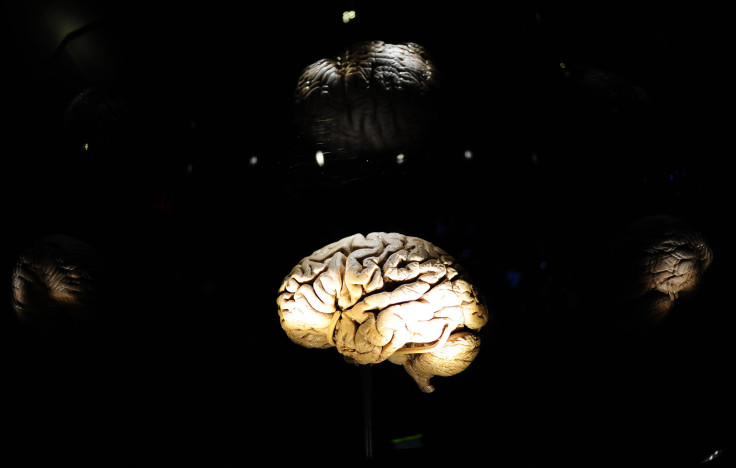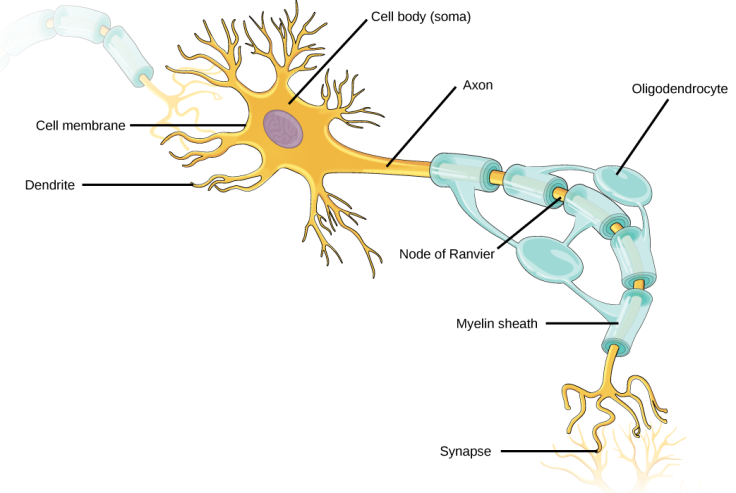How Do Memories Form? Our Brains May Be More Powerful Than Previously Thought

The brains of almost all animals contain a network of crisscrossing nerve cells, also known as neurons. Each nerve cell consist of three main parts — the soma (cell body), an elongated axon, and several branching dendrites.
For the longest time, scientists believe that the somas were the only regions in neurons that generated electrical spikes in order to connect and communicate with other neurons, and that the dendrites were just passive conduits of these pulses. However, according to a study published in the latest edition of the journal Science, this model of how neurons function may not be entirely accurate.
Read: Can Second Law Of Thermodynamics Explain Consciousness?
The study on lab rats, carried out by a team of researchers from the University of California, Los Angeles (UCLA), reveals that dendrites are electrically active in animals that are moving around freely and that these structures generate nearly 10 times more spikes than somas. Moreover, since dendrites are 100 times larger in volume than somas, the detection of dendritic spikes suggests that the brain’s computation and processing power may be much higher than previously believed.

“Dendrites make up more than 90 percent of neural tissue,” study co-author Mayank Mehta, a neurophysicist at UCLA, said in a statement. “Knowing they are much more active than the soma fundamentally changes the nature of our understanding of how the brain computes information. It may pave the way for understanding and treating neurological disorders, and for developing brain-like computers.”
For the purpose of their study, the researchers used electrodes placed near the dendrites of the lab rats' neurons to measure electrical activity for up to four days as the animals were allowed to move freely within a large maze. They found approximately five times as many spikes in the dendrites than in the somas while the rats were sleeping, and up to 10 times as many when they were exploring.
“Many prior models assume that learning occurs when the cell bodies of two neurons are active at the same time. Our findings indicate that learning may take place when the input neuron is active at the same time that a dendrite is active,” lead author Jason Moore, a postdoctoral researcher at UCLA, said in the statement.
Read: Where Does Your Consciousness Live?
The findings of the study suggest that the process through which neurons learn and compute information may be a lot more flexible and even more complex than previously believed. Further research would now be needed to understand exactly how neurons form and store memories.
“A fundamental belief in neuroscience has been that neurons are digital devices. They either generate a spike or not. These results show that the dendrites do not behave purely like a digital device. Dendrites do generate digital, all-or-none spikes, but they also show large analog fluctuations that are not all or none,” Mehta said. “We have discovered the secret lives of neurons, especially in the extensive neuronal branches. Our results substantially change our understanding of how neurons compute.”
© Copyright IBTimes 2024. All rights reserved.





















